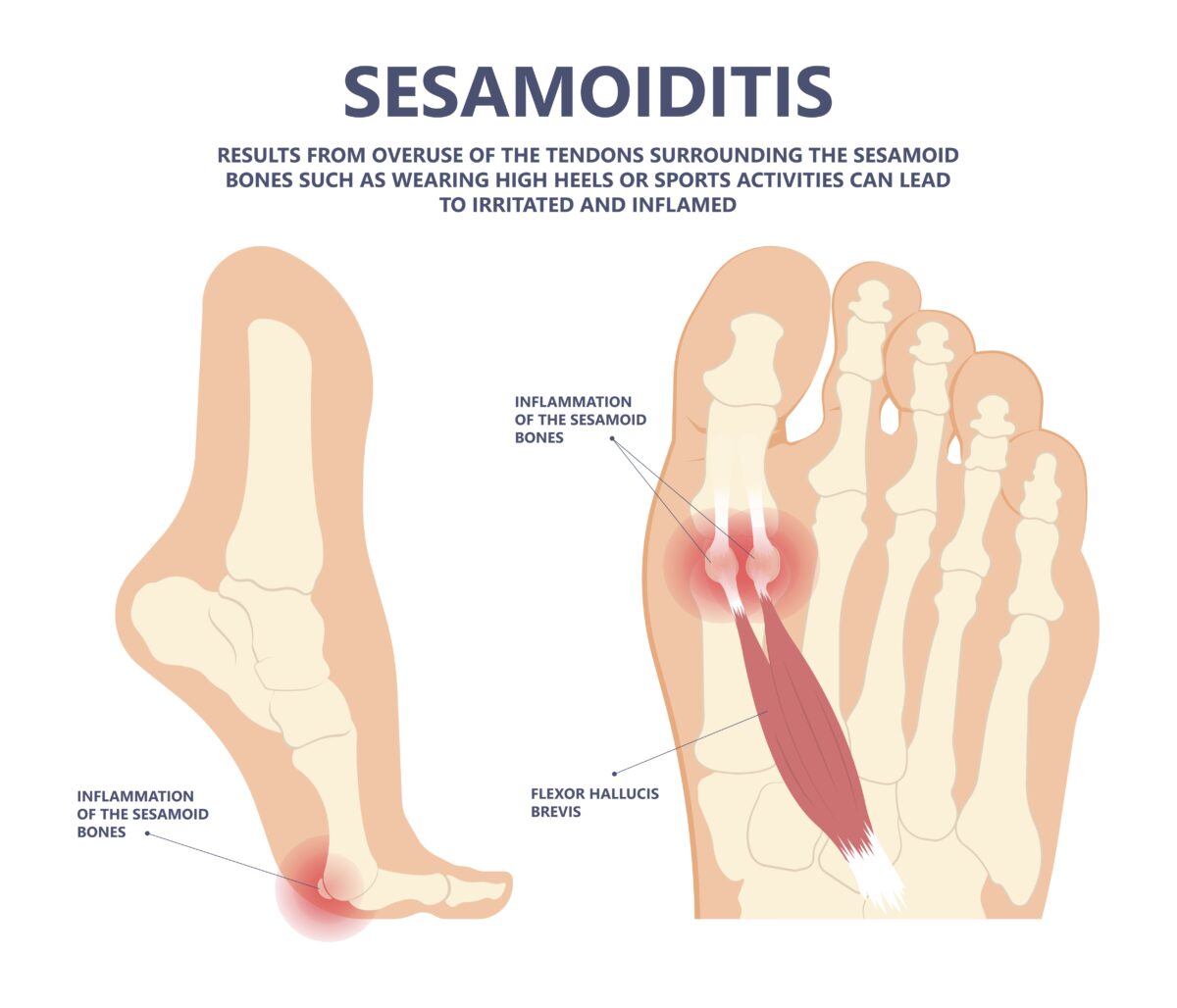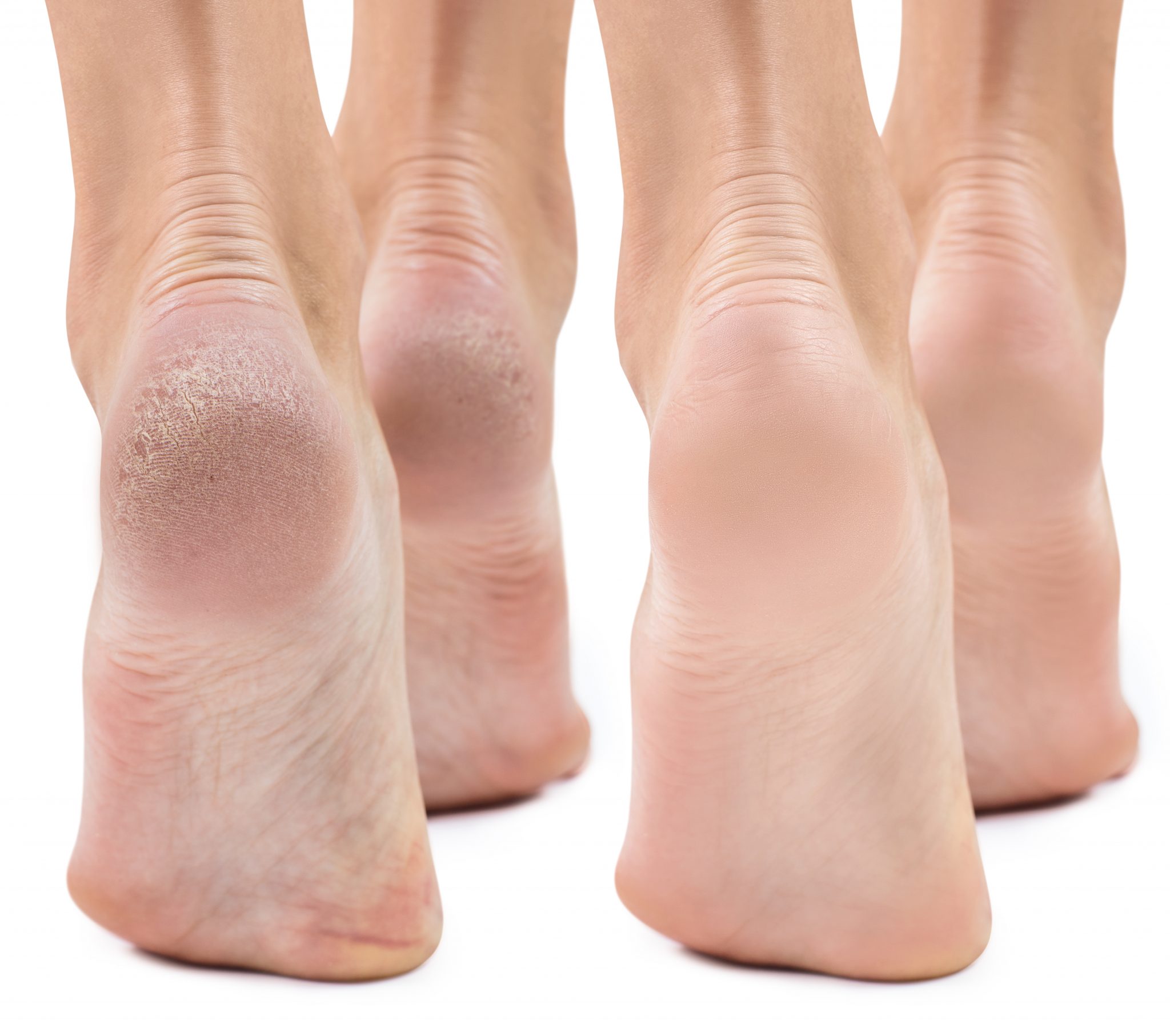End the pain of ingrown toenails with our expert guide. Discover causes, symptoms, and effective treatments to walk in comfort again. Your journey to pain-free feet starts here.
Introduction
Ingrown toenails, a common yet painful condition, occur when the toenail grows into the surrounding skin, leading to discomfort and sometimes infection. This guide offers a deep dive into understanding ingrown toenails, shedding light on their causes, symptoms, and the best practices for treatment and prevention. Whether you’re currently suffering or looking to prevent future issues, our insights will help you maintain healthy, happy feet.

Table of Contents
Causes of Ingrown Toenails
Ingrown toenails can develop for a variety of reasons, and comprehending these causes is crucial to managing and preventing this bothersome condition.
1. Poor Nail Trimming Techniques
Cutting Nails Too Short: Trimming toenails excessively short or rounding the edges too much is a common practice that can increase the likelihood of the nail growing into the skin. Proper nail trimming is essential for healthy toenails.

Traumatic Injury: Accidents happen, and any injury to the toenail, whether it’s a stubbed toe or a heavy object accidentally dropped on it, can lead to the development of ingrown toenails. It’s essential to be cautious to avoid trauma to the toenails.
2. Incorrect Footwear Choices
Tight or Ill-fitting Shoes: Your choice of footwear matters. Shoes that are too tight or do not provide adequate room for your toes can exert constant pressure on the toenails. This pressure can push the toenails into the surrounding skin, increasing the likelihood of ingrown toenails. Opt for shoes that fit comfortably and allow your toes to move freely.
High Heels: High-heeled shoes are fashionable but can also contribute to the problem. They force your weight onto the front of your feet, potentially increasing the risk of ingrown toenails. Consider wearing high heels in moderation and ensure they are the right fit.
3. Genetics
Some individuals may have a genetic predisposition to ingrown toenails, making them more susceptible to this uncomfortable condition. Genetic factors can influence the shape and structure of your toenails, affecting how they grow and interact with the surrounding skin.
Understanding the underlying causes of ingrown toenails is the first step in effectively managing and preventing this condition. By addressing these factors, you can reduce the risk and discomfort associated with ingrown toenails.
Symptoms of Ingrown Toenails
Recognizing the signs and symptoms of ingrown toenails is essential for early detection and prompt intervention. These symptoms can vary in intensity, but common indicators to watch out for include:
1. Pain and Tenderness
Pain: One of the most prominent and unmistakable signs of an ingrown toenail is pain. You may experience discomfort along the edges of the affected toenail, often described as a sharp or throbbing pain. This pain can range from mild to severe, depending on the extent of the ingrowth.
Tenderness: The area around the ingrown toenail may feel tender to the touch. Even the slightest pressure or contact with footwear can exacerbate this tenderness, making it a noticeable and bothersome symptom.
2. Redness and Swelling
Redness: The surrounding skin of the ingrown toenail typically becomes red and inflamed. This redness is a visible indication of the body’s natural inflammatory response to the ingrowth. The degree of redness can vary but is often quite noticeable.
Swelling: Along with redness, swelling frequently accompanies ingrown toenails. The skin around the affected area may appear puffy and swollen. This swelling results from increased blood flow and fluid accumulation as the body attempts to heal the perceived injury.
Localized Warmth: In some cases, you might notice that the skin around the ingrown toenail feels warmer than the surrounding areas. This warmth is a consequence of the increased blood flow and inflammation.
3. Formation of a Pus-filled Blister
In more advanced cases, an ingrown toenail can lead to the formation of a small, pus-filled blister. This blister may develop at the site of the ingrowth and can be painful. The presence of pus indicates that an infection may be developing, warranting immediate attention and care.
4. Difficulty Walking or Wearing Shoes
The pain and pressure caused by ingrown toenails can significantly impact your daily activities. Walking may become uncomfortable, and wearing shoes, especially those that exert pressure on the toes, can be painful. This discomfort can limit your mobility and overall quality of life.
Understanding and promptly addressing these symptoms is crucial. Early intervention can prevent the condition from worsening and potentially leading to complications, such as infection. If you notice any of these signs, consider seeking professional medical advice or employing home care techniques to alleviate the discomfort and promote healing.
Treatment Options

The treatment of ingrown toenails can vary depending on the severity of the condition. Here, we delve into common and effective treatment options that can provide relief and aid in the healing process:
1. Soaking the Affected Foot in Warm Water
Warm Water Soaks: Soaking the affected foot in warm water is a gentle and soothing approach. This practice helps in several ways:
- Softening the Skin: Warm water softens the skin around the ingrown toenail, making it more pliable.
- Reducing Swelling: The warmth from the water can help reduce swelling and alleviate discomfort.
Enhancements: For added benefits, consider enhancing your foot soak:
- Epsom Salt: Adding Epsom salt to the warm water can further assist in reducing inflammation and promoting healing.
- Mild Antiseptic Solution: Using a mild antiseptic solution in the water can help prevent infection, a common concern with ingrown toenails.
2. Gently Lifting the Nail Edge
Nail Lifting: Carefully lifting the ingrown edge of the toenail can be an effective way to alleviate discomfort. This procedure aims to:
- Release the Nail: Lifting the ingrown portion of the nail gently helps it separate from the surrounding skin.
3. Inserting Cotton or Dental Floss Under the Nail
Guiding Nail Growth: This technique involves placing a small piece of cotton or dental floss under the ingrown nail’s edge. It serves several purposes:
- Encouraging Proper Growth: The cotton or floss acts as a guide, encouraging the nail to grow above the skin’s edge instead of into it.
- Reducing Pressure: By lifting the nail, this method alleviates pressure on the affected area.
4. Applying Antibiotic Ointment
Infection Prevention: The application of antibiotic ointment is crucial for preventing infection, especially when dealing with ingrown toenails. This step involves:
- Antibacterial Properties: Antibiotic ointment helps ward off potential bacterial infections, a common complication of ingrown toenails.
- Promoting Healing: The ointment supports the healing process by keeping the area clean and protected.
5. Taking Over-the-counter Pain Relievers
Temporary Pain Relief: Over-the-counter pain relievers, such as ibuprofen or acetaminophen, can provide temporary relief from the discomfort and inflammation associated with ingrown toenails. Be sure to follow the recommended dosage instructions.
When treating ingrown toenails at home, it’s essential to exercise caution and maintain proper hygiene to reduce the risk of infection. However, if the condition persists, worsens, or if you suspect an infection, it is advisable to seek professional medical advice. A healthcare provider can offer more advanced treatments or procedures to address the issue effectively and prevent further complications.
Prevention of Ingrown Toenails: Your Guide to Healthy Feet
Preventing ingrown toenails is not only achievable but also highly advisable. By adopting these proactive measures, you can reduce the risk of developing this uncomfortable condition and promote overall foot health.
1. Proper Nail Trimming Technique
Cut Your Toenails Straight Across: To prevent ingrowth, it’s crucial to trim your toenails in a straight line across the top. Avoid the temptation to round the corners excessively, as this can encourage the nail to grow into the surrounding skin.

Maintain an Adequate Nail Length: Keeping your toenails at an appropriate length is essential. Nails that are too short can create pressure on the skin surrounding the toenail, increasing the likelihood of ingrowth. Strike a balance between maintaining a neat appearance and allowing enough nail length to prevent irritation.
2. Wearing Well-fitted Shoes
Proper Shoe Fit: Ensure that your shoes fit comfortably and provide ample space for your toes to move freely. Shoes that are too tight or have narrow toe boxes can exert constant pressure on your toenails, potentially leading to ingrown toenails. Opt for footwear that accommodates the natural shape and movement of your feet.
Consider Shoe Inserts: If you have unique foot needs, consider using orthotic inserts or insoles to provide additional support and cushioning. Well-fitted shoes combined with appropriate inserts can greatly reduce the risk of ingrown toenails.
3. Keeping Feet Clean and Dry
Regular Foot Hygiene: Practicing good foot hygiene is essential. Regularly clean your feet with mild soap and warm water, paying attention to the spaces between your toes. Ensure thorough drying, as moisture can contribute to skin softening, making it more prone to ingrowth.
Foot Powder: To minimize moisture and reduce friction, consider applying foot powder to your feet, especially if you tend to sweat excessively. Foot powder helps keep your feet dry and comfortable, reducing the risk of ingrown toenails.
4. Avoiding Trauma to the Toes
Be Cautious During Activities: When engaging in activities that may result in trauma to the toes, such as sports or heavy lifting, exercise caution. Protect your feet by wearing appropriate footwear, such as sturdy athletic shoes or steel-toed boots.
Protective Footwear: In situations where there is a high risk of injury, opt for protective footwear designed to shield your toes from harm. This is particularly important in work environments that involve heavy machinery or potential impact.
By incorporating these preventive measures into your daily routine, you can significantly reduce the likelihood of ingrown toenails and enjoy healthier, pain-free feet. Remember that taking care of your feet is an essential part of overall well-being, and these simple practices can go a long way in maintaining your foot health.
FAQ Section
Q1: What causes ingrown toenails? A1: Ingrown toenails can result from improper nail trimming, wearing tight or ill-fitting shoes, genetic predisposition, or trauma to the toe.
Q2: How can I relieve pain from an ingrown toenail at home? A2: Soaking the affected foot in warm water, gently lifting the nail edge, and applying antibiotic ointment can provide relief. Over-the-counter pain relievers may also help reduce discomfort.
Q3: When should I see a doctor for an ingrown toenail? A3: If home treatments don’t alleviate the pain, if there’s significant redness, swelling, or signs of infection (like pus), or if you have diabetes or poor circulation, seek medical advice.
Q4: Can ingrown toenails be prevented? A4: Yes, by trimming nails straight across, wearing well-fitted shoes, keeping feet clean and dry, and avoiding trauma to the toes, you can significantly reduce the risk of ingrown toenails.
Q5: Are there any long-term complications from ingrown toenails? A5: If left untreated, ingrown toenails can lead to infections that might spread to the bone, and in severe cases, may require surgical treatment.
Conclusion
Ingrown toenails don’t have to be a recurring pain. With the right knowledge on prevention, early detection, and effective home care strategies, you can keep your feet comfortable and free from discomfort. Remember, taking proactive steps towards foot health not only alleviates immediate pain but also prevents future complications. Should you encounter persistent problems, consulting a healthcare professional is crucial to receive the appropriate treatment. Let’s step forward into a future where every step is pain-free.









